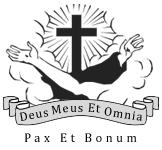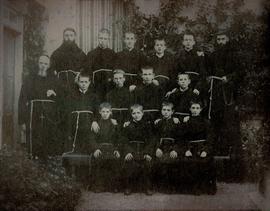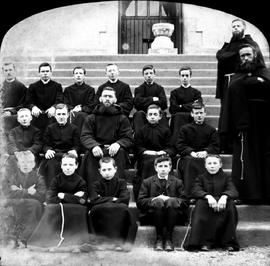Leases and related legal documents relating to transactions involving a dwelling house and adjoining premises at 6 Queen Street, Cork. The file includes:
• Lease from Edward Robinson, the city of Cork, attorney at law, to John Henry Gamble, of the aforementioned premises on Queen Street for 500 years at the yearly rent of £45. 28 July 1845. With counterpart.
• Conveyance from the Encumbered Estate Commissioners to Robert Hall, merchant, of the aforementioned premises at no. 6 Queen Street, in consideration of £250. 15 Nov. 1850.
• Lease by William Wise, Woolston House, North Cadbury, Bath, and Hugh Stanley Wise, Newton Abbott, Devon, to Thomas William Joseph Barry, hotel proprietor, Cork, of the said premises at No. 6 Queen Street, Cork, for 199 years at the yearly rent of £21. 27 Nov. 1890. With counterpart. See also CA HT/2/1/1/26.
• Conveyance by William Wise and Hugh Stanley Wise to Edwin Hall, Blackrock, County Cork, of the lessee’s interest of the aforementioned premises at no. 6 Queen Street in consideration of 10s. 24 Sept. 1894.
• Assignment by William Ringrose Atkins, chartered accountant, South Mall, Cork, and John Tweedy, solicitor, College Green, Dublin to William Carroll, Anglesea Street, Cork, of the residue of the unexpired lease of the aforementioned premises at no. 6 Queen Street in consideration of £205. 23 Dec. 1904.
• Assignment by William Carroll, Anglesea Street, Cork, to Rev. Fiacre (Bartholomew) Brophy OSFC and Rev. Matthew (Thomas) O’Connor OSFC, Father Mathew Quay, Cork, and Rev. Jarlath (Thomas) Hynes OSFC and Rev. Augustine (John) Hayden OSFC, Rochestown, County of Cork, of the residue of the unexpired lease of the aforementioned premises at no. 6 Queen Street in consideration of £550.
The original lease of these premises (dated 19 July 1773) is at
CA HT/2/1/2/2.




